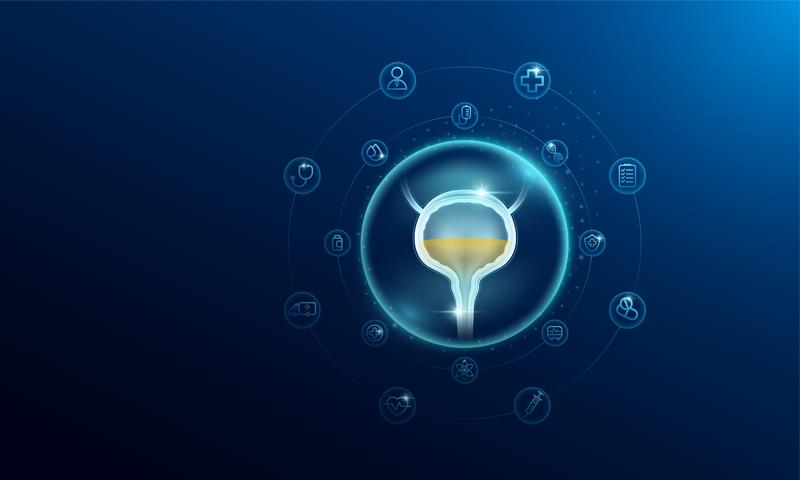Continuous bladder monitoring goes wireless





A team of researchers has developed a flexible, wearable device based on ultrasonic technology, enabling continuous and noninvasive measurement of the bladder volume.
The ultrasonic bladder volume monitoring (UBVM) device integrates a flexible transducer module with air-backed design. These features dramatically reduce the power consumption of the device and eliminate the need for additional integrated circuits and peripheral components for the miniaturization of the system, the researchers explained.
“At the same time, a simple and effective time-of-flight measurement algorithm avoids the complex computations commonly associated with ultrasonic imaging,” they added.
Finally, a custom mobile app wirelessly communicates with the UBVM hardware via Bluetooth connection and displays the bladder volume measurements.
According to the researchers, the UBVM device addresses two major limitations of existing bladder monitoring technologies, which either rely on wired connections to bulky equipment or suffer from accuracy issues.
The UBVM device is both completely wireless and accurate, they said. “This is of utmost importance to enable unobtrusive measurements and continuous monitoring.”
Testing and validation
The researchers tested and validated the performance of the UBVM in in vitro and in vivo experiments.
During the in vitro assessment, pulse-echo experiments were conducted at multiple frequencies using stainless-steel reflectors and round-bottom flasks loaded with varying volumes of water. The performance of the UBVM electronics module was validated, and the device was able to estimate the volume of flasks with a mean relative error of 14.85 percent. [Nat Commun 2024;15:7216]
For the in vivo evaluation, five healthy volunteers with no history of urinary surgery and who had a BMI between 17 and 25 kg/m2 were enrolled. The UBVM device was placed on the lower abdomen, just above the pubic bone. Several measurements were taken using the mobile app, with the data transferred to a computer. Volunteers were asked to void their bladder entirely to capture the full micturition cycle. The UBVM measurements were repeated every 30 minutes for 3 hours, with the volunteers instructed to consume water to speed up the bladder filling processes.
The results demonstrated the ability of the UBVM device to accurately estimate the bladder volumes, ranging from as low as 84 mL to as high as 800 mL, in various bladder shapes and sizes. The estimates obtained with the UBVM strongly correlated with the bladder volume calculation from ultrasound images, with an R-squared value of 99.5 percent.
“Future work will focus on increasing the number of transducers while reducing the overall footprint. Although the accuracies of the in-vivo measurements are well within the acceptable range, further improvements in the accuracy are possible with the increased number of coordinates to conduct the volume fitting,” the researchers said.
“Furthermore … a more comprehensive in-vivo validation to evaluate the performance of the device for patients with lower urinary tract dysfunctions and overweight and obese patients [is warranted]. Once these points are addressed, we anticipate the UBVM device to be an invaluable tool in addressing various use cases, such as lower urinary tract symptoms and postoperative urinary retention,” they added.